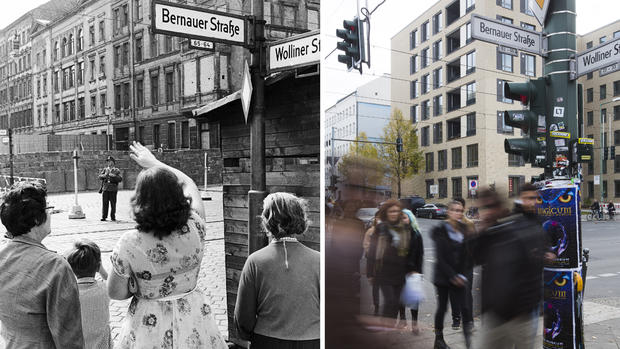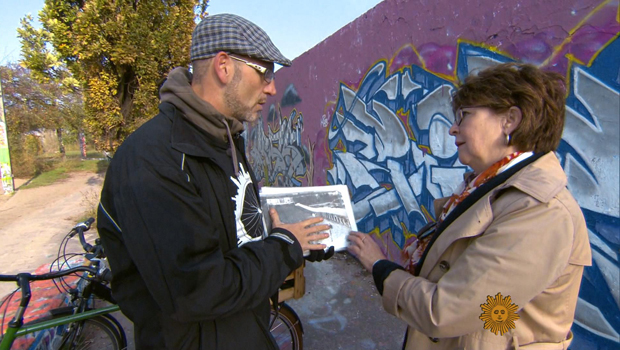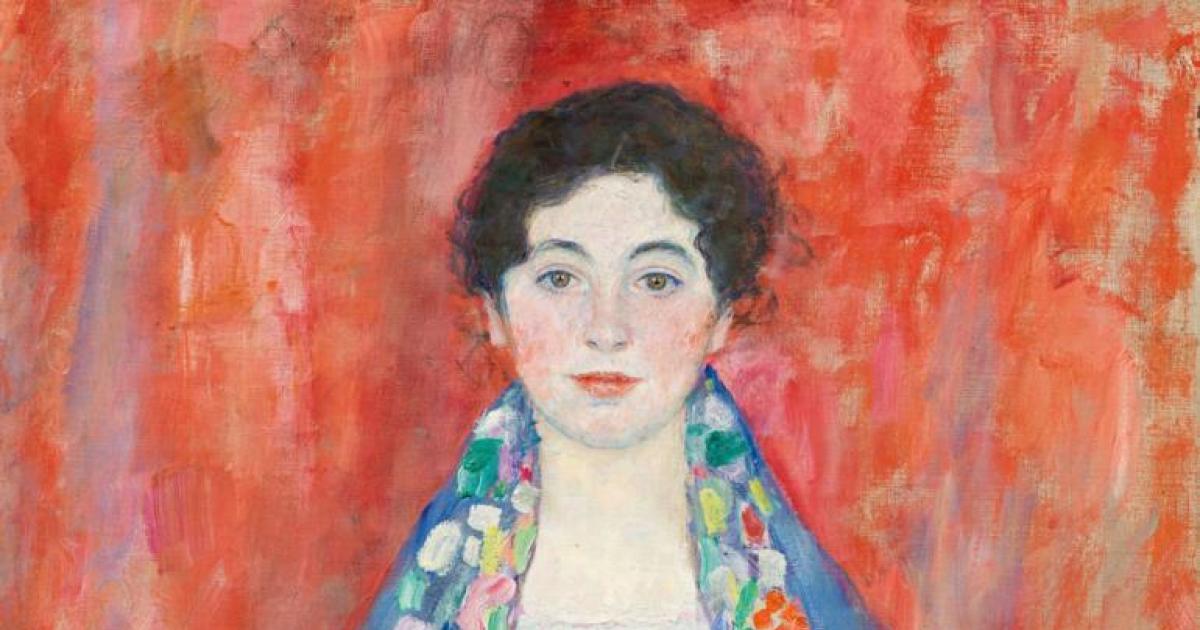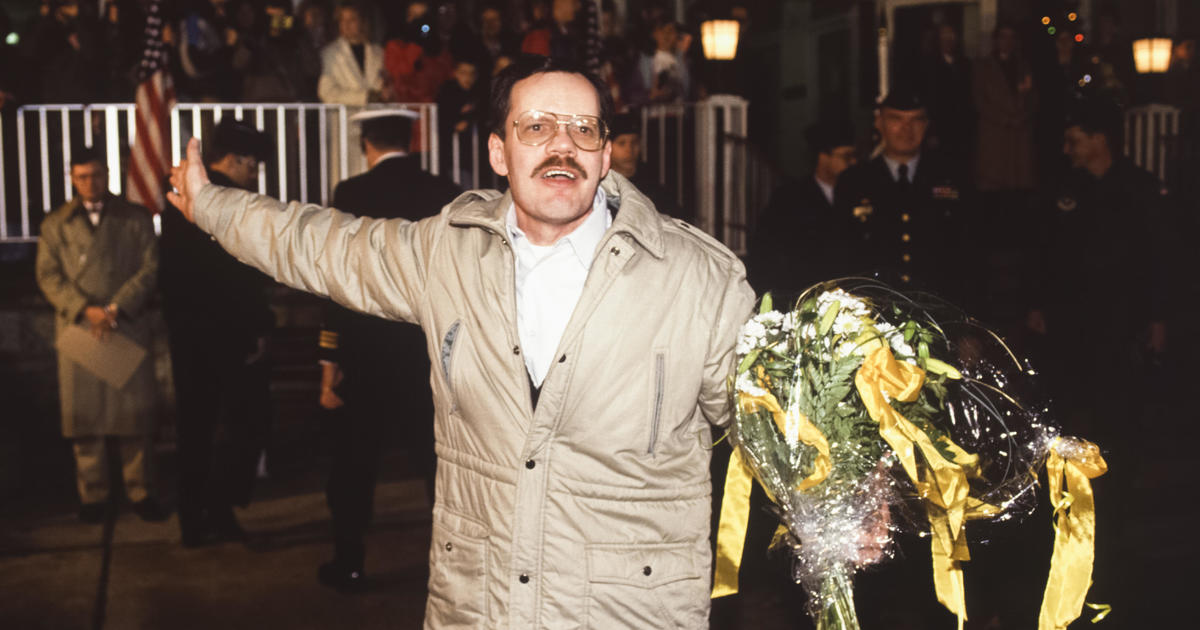25 years after the Berlin Wall fell
The Berlin Wall entered the history books in 1961. It stood for 28 years as a stark testament to the differences between life on one side of that wall and the other. Hard to believe it's been 25 years since the Wall came down. Elizabeth Palmer looks at Berlin after the fall ...
On the night of November 9, 1989, the Berlin Wall didn't actually come down. It just lost its meaning as a barrier -- and became the site of the biggest party in the world.
It was a decades-old dream finally come true.
President Kennedy spoke to the dream in 1963 by saying, "As a free man I take pride in the words, 'Ich bin ein Berliner.'" And in 1987, President Reagan challenged the Soviet leader: "Mr. Gorbachev, tear down this wall!"
Two years later, the people did it for him.
Sasha Moellering was 15 when he joined the crowds at the main Brandenburg Gate.
"I remember sitting there, pulling someone up, and a bit embarrassingly singing 'Give Peace a Chance,'" Moellering said. "Would probably never do that today!"
Today, Moellering gives bicycle tours of Berlin and the Wall, which once marked the border between the Communist East and the democratic, or free, West.
Moellering pointed our Mauer Park, what used to be no man's land.
In August 1961, Soviet-allied East Germany started building the 27-mile-long wall studded with watchtowers -- a concrete symbol of the Cold War. It divided politics, families and friends.
Anyone who tried to escape risked everything to cross from East to West over the so-called "death-strip," where border guards aimed to kill.
Today, it's a park full of life. "So this place for recreation and partying and fun, was really a place where you could have got shot," Moellering said.
Twenty-five years ago, none of the fancy buildings on Friedrichstrasse was here. But over the years, Western businesses, Western brands and (above all) Western consumer culture has slowly but surely taken over.
Susan Friedrich is an economist who grew up in the East. She was 18 when the Wall came down, opening a world of opportunity.
"I can vote," she said. "I'm a European, and I can travel around the world, and I can create my life by myself."
Which in the old East Germany, she said, "was not possible, no, not at all."
These days Berlin is a top tourist destination, and a magnet for the young -- as anyone under 40 will tell you, it has the best nightclubs in the world.
And it was the fall of the Wall, Moellering said, that made Berlin the capital of cool.
He said in the early 1990s "Berlin was a bit like the Wild West . . . you could basically do what you want."
Counterculture and an edgy art scene thrived, as authorities backed off in the face of a brand-new political reality.
From space, you can still see the boundary between East and West, where the Wall ran, because the street lights are different colors.
Not at ground level, though. It may have taken 25 years, but these days Berlin is triumphantly united.
Palmer asked Sasha Moellering, "Is it a story with a happy ending?"
"I think so. All things considered," he answered, "I think we did a pretty good job."





